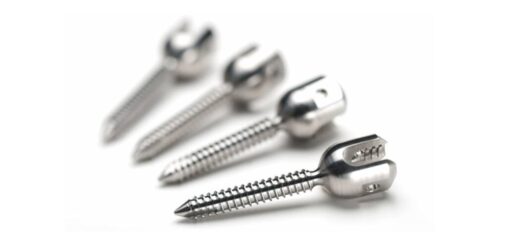The Advantages of Pelvic Floor Therapy
Getting treatment for pelvic floor problems is not an embarrassment. Pelvic floor disorders affect several other parts of the body and deserve equal treatment as other parts of the body. While pelvic examinations can be scary, they are also an opportunity to strengthen the core muscles of the hips, glutes, and legs. In addition, physical therapy helps treat pelvic floor problems by strengthening pelvic floor muscles and joints.
Biofeedback
Pelvic floor biofeedback helps patients strengthen their pelvic muscles. These muscles are crucial for bladder and rectal control; when they are weak, a woman can have trouble with these functions. However, biofeedback is not always easy to use since pelvic floor muscles are not visible. The good news is that biofeedback can be used to help with pelvic muscle exercises in the privacy of one’s home.
A biofeedback session involves electrodes that measure the muscles of the pelvic floor. The device detects muscle contraction and relaxation. The feedback is then displayed on a computer screen. Biofeedback results are used to improve patient adherence to pelvic floor exercise routines. In addition to biofeedback, a rectal and colon surgeon can supervise pelvic floor therapy. This is particularly beneficial for women who are prone to urinary incontinence.
Manual therapy
Physiotherapists use manual therapy for the pelvic floor to treat various conditions, including pain in the lower abdomen. Different massage techniques are used to relieve pain and improve circulation. Various techniques also work on the rectum and give the physiotherapist essential cues. Massage techniques include applying pressure to a particular point, and therapists may use tools to aid the healing process.
Manual therapy involves the use of specific hands-on techniques to treat muscle tension. It is used widely in rehabilitation settings and on all body parts, including the pelvic floor. Therapists specialize in treating pelvic soft tissue tension caused by poor body mechanics, stress, pregnancy, bowel disorders, and urinary tract infections. To determine the most appropriate type of therapy, physical therapists will evaluate the severity of the patient’s condition.
Exercises
If you are interested in exercising your pelvic floor, you may be wondering how to do it. Pelvic floor exercises are performed while lying on the floor or seated. First, lie flat on the floor and place one hand on your chest and abdomen. Then, while breathing in through your nose, squeeze your pelvic floor muscles and hold for a count of one second. Repeat this several times. Pelvic floor exercises may also include lunges and squats. Crouch recommends that you add squats and lunges to your daily routine.
These exercises are effective in strengthening the pelvic floor muscles. Women often experience weak pelvic floor muscles after childbirth, and coughing, heavy lifting, and aging can also weaken these muscles. However, specific exercises are designed to strengthen these muscles, helping you enjoy a more pleasurable sexual experience. In addition, while no proven practices can help prevent or treat incontinence, these exercises are an excellent way to prevent and relieve stress-related symptoms.
Vaginal dilators
Vaginal dilators are not painful or intrusive and can be used in the privacy of your own home. Your pelvic physical therapist will teach you how to use one, so you don’t have to deal with anyone else’s pressure. However, they recommend that you use a dilator by yourself so that you’re able to guide your progress. While your loving partner may try to help you, this could increase your fear and make the process uncomfortable.
The dilator feels very natural, making it easy to fit. Its heft allows your body to feel it and provides proprioceptive feedback, allowing you to relax when inserting it. Unlike other devices, pelvic dilators are less prone to malfunction or cause discomfort as they’re more comfortable. Using them correctly also helps you feel more comfortable and confident during foreplay.
Treatment options
A physical therapist can help you overcome pelvic floor dysfunction through exercises, manual techniques, and movement coordination. Pelvic floor therapy can also include electronic treatment, such as biofeedback. Electrodes are applied to the pelvic floor to measure muscle activity and improve bladder control. Typically, a treatment session will last between one and eight weeks. However, treatment duration may be shorter or longer, depending on the severity of your condition. You may also do some of these techniques at home.
Physical therapy for pelvic floor dysfunction can help alleviate pain symptoms during bowel movements and incontinence. Biofeedback therapy may help you identify which muscles are tight and can be improved by stretching and coordination exercises. Some women find that using daily medications helps them maintain soft stools. Over-the-counter products include MiraLAX and Colace. Your primary care physician can also recommend a specific brand of softener for you.













